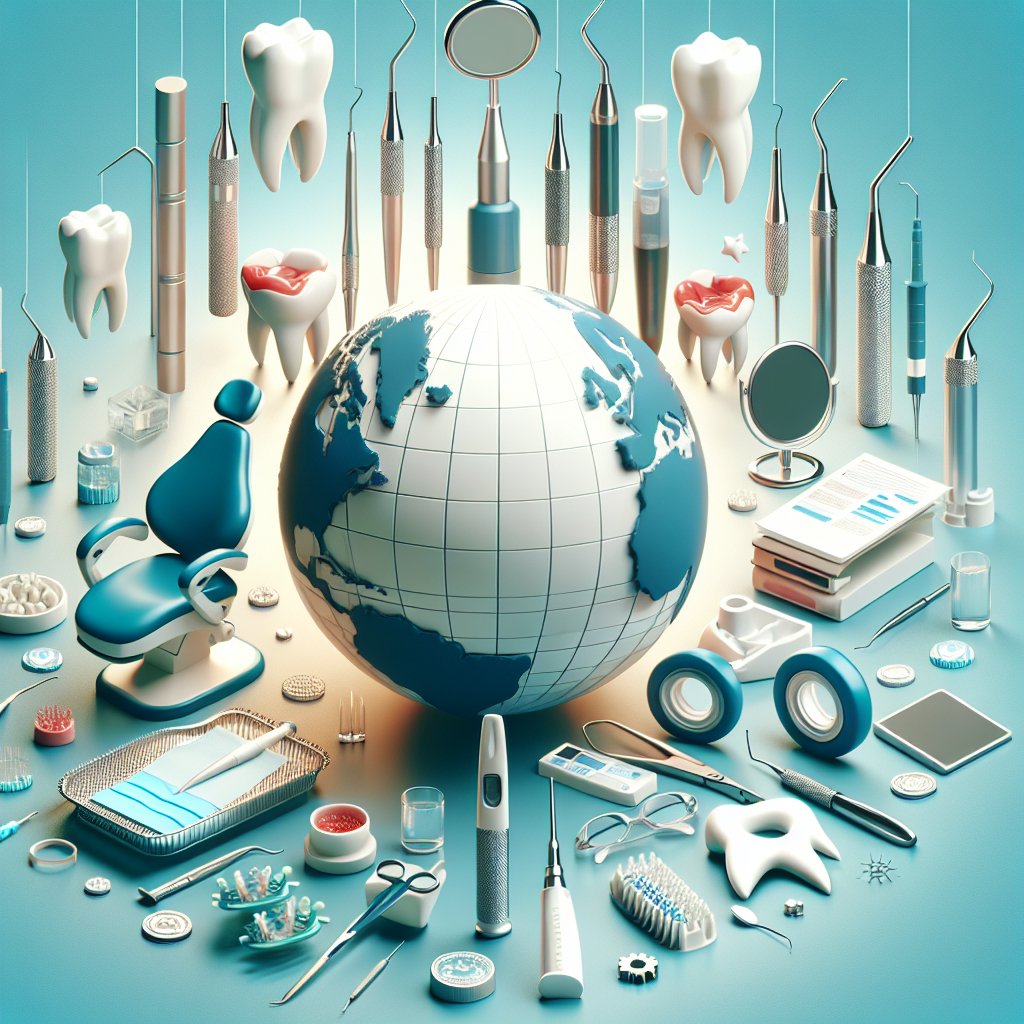Updates on dental accreditation standards worldwide are crucial for ensuring the quality of dental education and practice. As the field of dentistry evolves, so do the standards that govern it. Accreditation serves as a benchmark for educational institutions, ensuring that they meet specific criteria that prepare students for successful careers in dentistry. This article will explore the latest updates in dental accreditation standards across various regions, the implications for dental education, and the impact on patient care.
Global Trends in Dental Accreditation
Dental accreditation is a process that evaluates dental schools and programs to ensure they meet established standards of education and training. This process varies significantly from one country to another, influenced by local regulations, healthcare needs, and educational philosophies. Recently, several global trends have emerged in dental accreditation that reflect the changing landscape of dental education.
Increased Emphasis on Competency-Based Education
One of the most significant trends in dental accreditation is the shift towards competency-based education (CBE). This approach focuses on ensuring that graduates possess the necessary skills and knowledge to provide high-quality patient care. Accreditation bodies are increasingly requiring dental programs to demonstrate how they assess and ensure student competencies in various areas, including clinical skills, communication, and ethical practice.
- Assessment Methods: Programs are adopting diverse assessment methods, including Objective Structured Clinical Examinations (OSCEs) and portfolio assessments, to evaluate student competencies effectively.
- Curriculum Development: Dental schools are revising their curricula to align with competency frameworks, ensuring that students are well-prepared for the demands of modern dental practice.
Integration of Technology in Dental Education
The integration of technology into dental education is another trend influencing accreditation standards. With advancements in digital dentistry, including CAD/CAM systems, 3D printing, and tele-dentistry, accreditation bodies are recognizing the need for dental programs to incorporate these technologies into their curricula.
- Digital Skills Training: Accreditation standards are evolving to include requirements for training in digital skills, ensuring that graduates are proficient in using modern dental technologies.
- Online Learning Opportunities: The rise of online learning platforms has prompted accreditation bodies to evaluate the effectiveness of distance education in dental training.
Regional Updates on Dental Accreditation Standards
While global trends provide a broad overview of changes in dental accreditation, specific updates vary by region. This section will highlight recent developments in dental accreditation standards in North America, Europe, and Asia.
North America
In North America, the Commission on Dental Accreditation (CODA) oversees the accreditation of dental education programs in the United States. Recent updates to CODA standards emphasize the importance of interprofessional education (IPE), which encourages collaboration among healthcare professionals.
- Interprofessional Education: CODA now requires dental programs to incorporate IPE into their curricula, fostering teamwork and communication skills among future healthcare providers.
- Focus on Diversity and Inclusion: Accreditation standards are increasingly addressing the need for diversity and inclusion in dental education, promoting equitable access to care for underserved populations.
Europe
In Europe, the European Council of Dental Educators and Licensure (EEDL) has been working to harmonize dental accreditation standards across member countries. Recent initiatives include the development of a European Core Competency Framework for dental education.
- Core Competency Framework: This framework outlines essential competencies that all dental graduates in Europe should possess, facilitating mobility and recognition of qualifications across borders.
- Quality Assurance Mechanisms: EEDL is promoting the implementation of robust quality assurance mechanisms to ensure that dental programs maintain high educational standards.
Asia
In Asia, dental accreditation standards are rapidly evolving, particularly in countries like India and China, where the demand for dental professionals is increasing. The Dental Council of India (DCI) has recently updated its accreditation criteria to enhance the quality of dental education.
- Revised Curriculum Guidelines: DCI has introduced new curriculum guidelines that emphasize evidence-based practice and community-oriented dental care.
- Collaboration with International Bodies: Asian countries are increasingly collaborating with international accreditation bodies to align their standards with global best practices.
Implications for Dental Education and Patient Care
The updates in dental accreditation standards have far-reaching implications for both dental education and patient care. As accreditation bodies raise the bar for educational programs, the quality of dental graduates is expected to improve, ultimately benefiting patients.
Enhanced Quality of Education
With the emphasis on competency-based education and the integration of technology, dental schools are better equipped to prepare students for the challenges of modern practice. This leads to:
- Improved Clinical Skills: Graduates are more likely to possess the clinical skills necessary to provide high-quality care, reducing the risk of errors and improving patient outcomes.
- Adaptability to Change: A focus on technology and interprofessional education prepares graduates to adapt to the evolving healthcare landscape.
Better Patient Care
As dental graduates become more competent and technologically savvy, the quality of patient care is expected to improve significantly. Key benefits include:
- Increased Access to Care: With a greater emphasis on community-oriented care, dental programs are training graduates to address the needs of underserved populations.
- Enhanced Patient Experience: Improved communication and teamwork skills foster better relationships between dental professionals and patients, leading to a more positive patient experience.
Conclusion
Updates on dental accreditation standards worldwide reflect the dynamic nature of dental education and practice. As the field continues to evolve, accreditation bodies are adapting their standards to ensure that dental programs produce competent, skilled, and compassionate professionals. The emphasis on competency-based education, technology integration, and interprofessional collaboration is paving the way for a new generation of dental practitioners who are well-equipped to meet the challenges of modern healthcare. Ultimately, these changes will lead to improved patient care and a healthier society.




